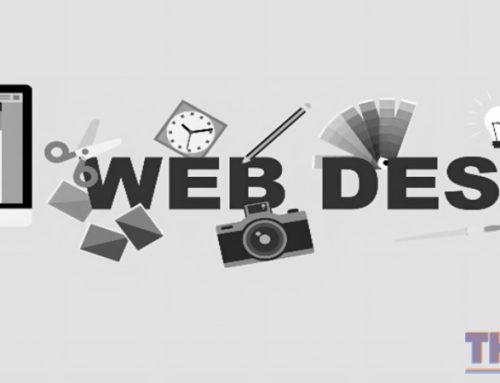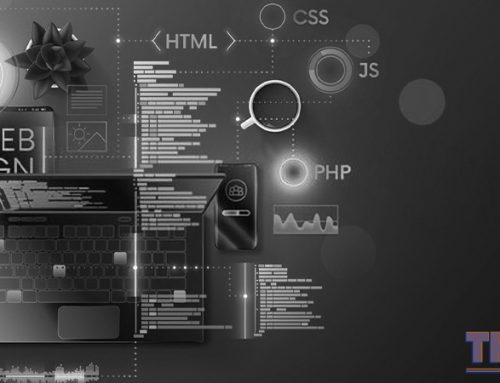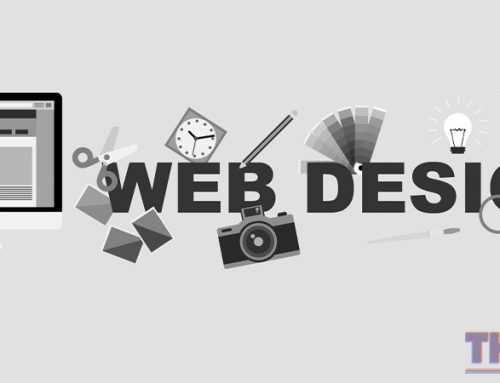One of the tasks you might take on when developing a website is considering the aesthetic appeal. This is where you can find the best web design. It starts with how engaging your content is and how easy it is for people to navigate around it. Displaying text on a white background and utilizing negative space also help make your site more aesthetically pleasing while being visually appealing.
The following article will provide examples of good web design that include all these elements, plus other considerations like what websites are user-friendly and easily navigable, using color usage, giving users an easy path from one page to another, etc…
How to Determine What Makes a Good Web Design
What is the general aesthetic of a web page? There have been several studies that have been done over time. One of the first things they determined was that information should be easy to find, which is where the “home page” comes in. The home page displays all your company’s information in one place. In addition, it is also known as the “cover page,” as it shows up when you first load up a site on your browser or device. Many designers are still using this type of format, but some may have expanded on these two points to make their pages more appealing to users and search engines.
1) White Backgrounds
One of the biggest complaints I see when looking at a web page is that it uses too many colors or too many different shades of one color. I see this very often on business-related websites, such as those belonging to lawyers, architects, and others in the industry. I also see it on blogs that post business-related information.
I feel using a white background is one of the best possible choices these days, but there is one type of white that can be used in a way to make your web page stand out more effectively. You might have seen this referred to as “silver” or “pale,” which refers to anything lighter than a light grey. For example, a pale blue is more effective than a pale green.
2) Using Negative Space
Negative space simply means using a space that is not normally seen on the page. This might be the margin of text you see around it or the space between certain pages on your web page. Using this type of space can make your page look cleaner and more organized because there is no clutter taking up valuable real estate on your pages.
3) Using Text That Is Easy to Read
Using text that is large and easy to read can be one of several things you can do. This is especially true if you include a lot of text and want to make sure your users do not get lost on your website. The easiest text to read is the color white, but sometimes using black text on a white background works out better for some people.
Making sure that the font you choose makes it easy for visitors to read can be just as important. For example, if there is an older generation of people visiting your website, they may have a hard time reading certain fonts such as “Comic Sans” or other similar fonts. As a rule of thumb, think of fonts used in children’s books and make sure those fonts are easy to read.
4) Keep It Simple
A good web design will make use of the most basic colors possible to convey its message. For example, if you want to convey that your website is for a construction company, then using a nice orange could be a good choice as it is an easily identifiable color that is similar to that used by construction vehicles and other external equipment associated with the industry. If you find yourself needing help in choosing colors, try visiting www.colorhunter.com, as it can help you choose colors based on the meaning behind them.
5) Use Basic Fonts
As mentioned above, older generations of users might have a hard time reading certain fonts such as “Gothic” or “Comic Sans.” For this reason, using basic fonts like Arial is a good option. These are easily readable fonts that allow the user to focus on the content rather than trying to read all the small letters and words in your text. The same applies to your website’s main color choice, as using a bright red could be hard for older generations of users to remember and identify with.
6) Using Clear Navigation
Using a clear navigation bar that is easy to identify and understand is a common method used by many web designers. In fact, I see this being used often in many blogs, especially those belonging to real estate agents and others in the industry. This type of design allows the user to determine what the text means without having to read it from the top down.
One of the best examples I have seen was on a college website for students who were seeking information about their potential majors. This layout was simple yet effective and made the process of looking up information a very easy task.
8) Using Colorful Pages
As mentioned, a few times in this article, using color can make a great difference in how people perceive your web page. However, too much color can be overwhelming to some users. Therefore, using other techniques, such as using bright colors but with white text on a light background, is also a viable option. For example, you could make use of a bright pink or another bright-colored background with black text making it easy for older generations to see and read the information. Still another approach that has proven effective for companies is to use two shades of one color of the panel.
Conclusion
There are a lot of web pages created today that go out of their way to help the reader focus on the important information. For example, there are no graphics or text that can distract the visitor from what is needed to be read. This is especially true when used in conjunction with having clear navigation, easy-to-read text, and other similar techniques.
If you currently have a web page that you want to make an improvement on, then look at these techniques and determine if they will help you improve your website’s effectiveness and overall appeal.





